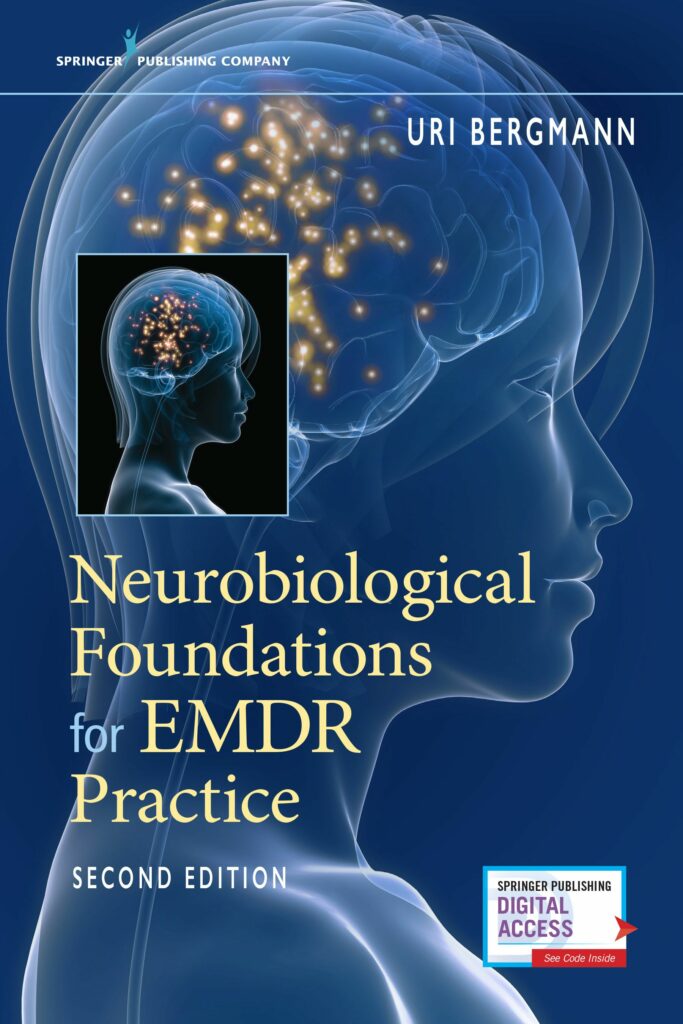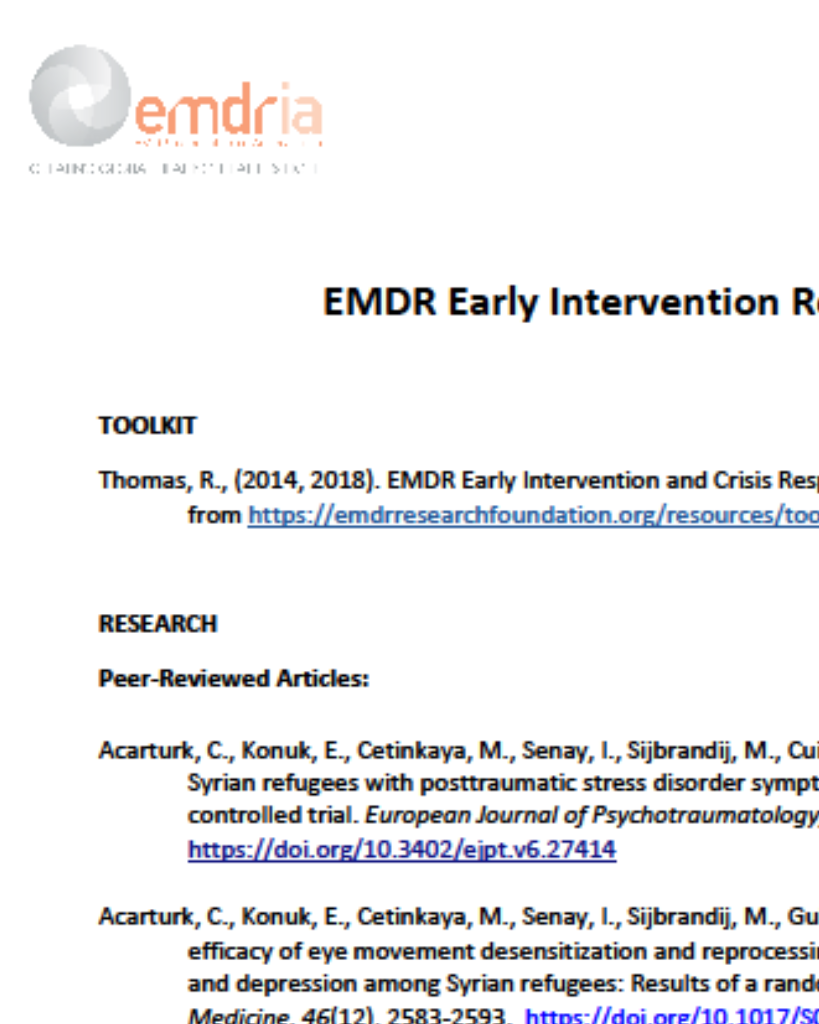Neurobiological Foundations for EMDR Practice
The book delivers critical new neurobiological research on procedural & emotional learning, early-acquired relational patterns, inter-corporality, and empathy.
About the Book
“The second edition of this groundbreaking work incorporates new neuroscientific and psychological research related to human development, traumatic stress, disorders of attachment, and information processing, and its implications for EMDR practice. The book delivers critical new neurobiological research on procedural and emotional learning, early-acquired relational patterns, inter-corporality, and empathy.
Drawing from contemporary neuroscience’s increased understanding of emotions and the significance of mirror neurons, the book demonstrates the importance of affective resonance and its effect on neuroplasticity as a prerequisite for any enduring change in cognition, behavior, and emotion.
The second edition also examines in further depth the relationship between stress, trauma, and immune function in regard to immunoinflammmatory illnesses and the implications for their treatment. An additional 20 syndromes are examined, in addition to the 11 syndromes discussed in the first edition.
New to the Second Edition:
- Delivers groundbreaking neuroscientific and psychological research related to human development, traumatic stress, attachment disorders, and information processing
- Underscores the importance of emotion as fundamental for change
- Addresses the dominance of right hemispheric communications that foster procedural and emotional learning
- Examines the implicit nature of early-acquired relational patterns, inter-corporality, and empathy
- Covers the relationship between stress, trauma, and immune function regarding immunoflammatory illnesses and their treatment
Key Features:
- Provides a neurobiological foundation that informs our understanding of human development, attachment disorders, and information processing
- Examines biological underpinnings of EMDR regarding successful treatment outcomes for attachment disorders, stress, and dissociation
- Explicates disorders as outcomes of chronically dysregulated, evolutionarily based, biological action systems
- Illustrates EMDR’s sensorial input to the brain as a neural catalyst that can help to repair dysfunctional neural circuitry
- Includes illustrative neural maps”
—Description from publisher
Table of Contents
“Chapter 1 Introduction to Consciousness and EMDR
Chapter 2 What is Consciousness?
Chapter 3 Cellular Communication in the Neural Environment
Chapter 4 Models of Information Processing in Neurobiology
Chapter 5 Consciousness in Neurobiology
Chapter 6 Human Development from a Neurobiological Perspective
Chapter 7 Disorders of Consciousness in Neurobiology
Chapter 8 Trauma and Hyperimmune Disorders from a Neuroendocrine perspective
Chapter 9 Linking Consciousness, Neural Development, and Treatment
Chapter 10 Closing Thoughts”
—Description from publisher
Book Access
Purchase/Subscription Required
Bergmann, U. (2019). Neurobiological foundations for EMDR practice. Springer Publishing Company. https://www.springerpub.com/neurobiological-foundations-for-emdr-practice-9780826172662.html#description
- ISBN: 9780826172662
- eBook ISBN: 9780826172679
Date
June 6, 2019
Creator(s)
Uri Bergmann
Practice & Methods
AIP, Neurobiology
Extent
296 pages
Publisher
Springer
APA Citation
Bergmann, U. (2019). Neurobiological foundations for EMDR practice. Springer Publishing Company. https://www.springerpub.com/neurobiological-foundations-for-emdr-practice-9780826172662.html#description
Audience
EMDR Therapists, Other Mental Health Professionals
Language
English
Content Type
Book
Access Type
External Resource





